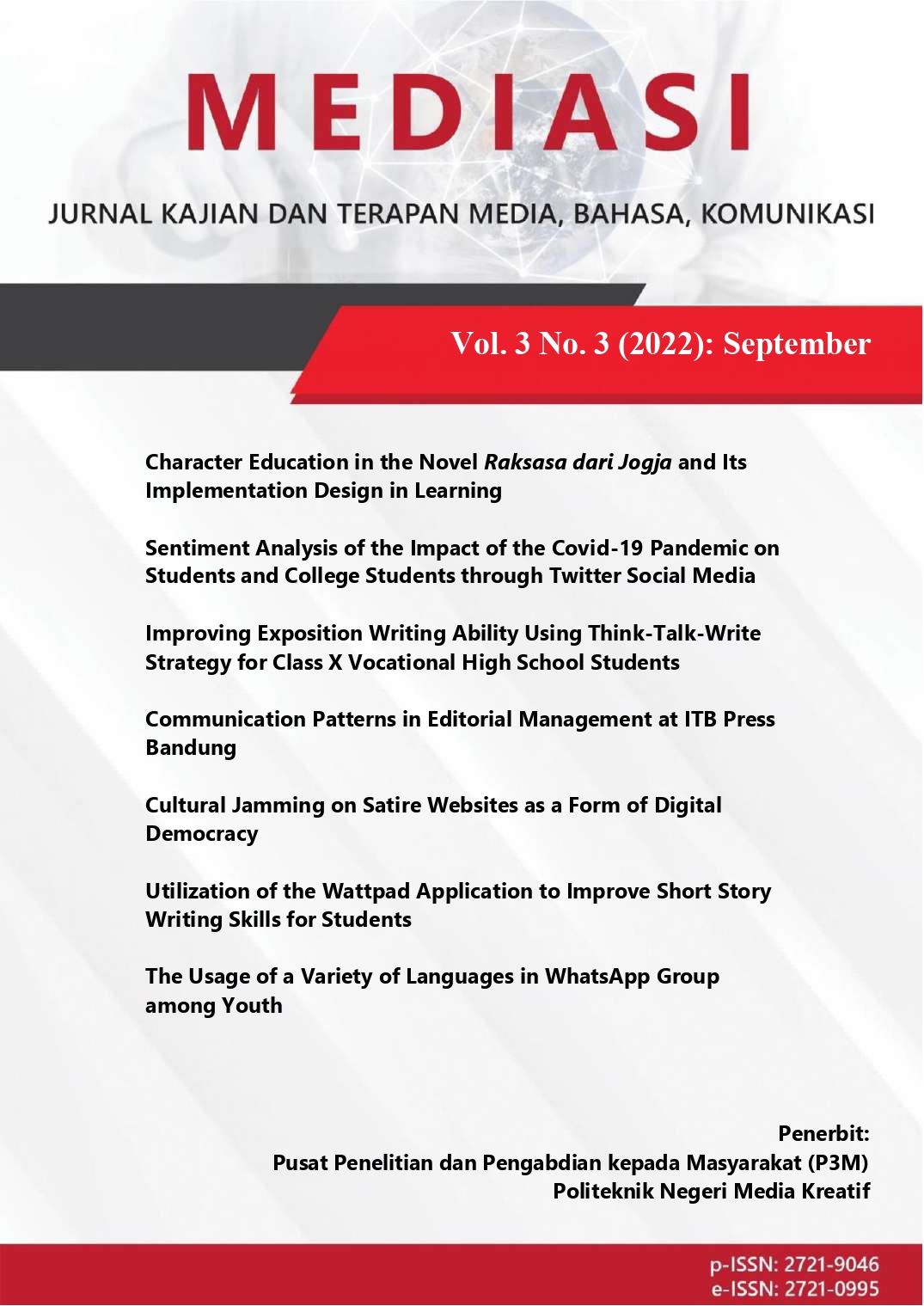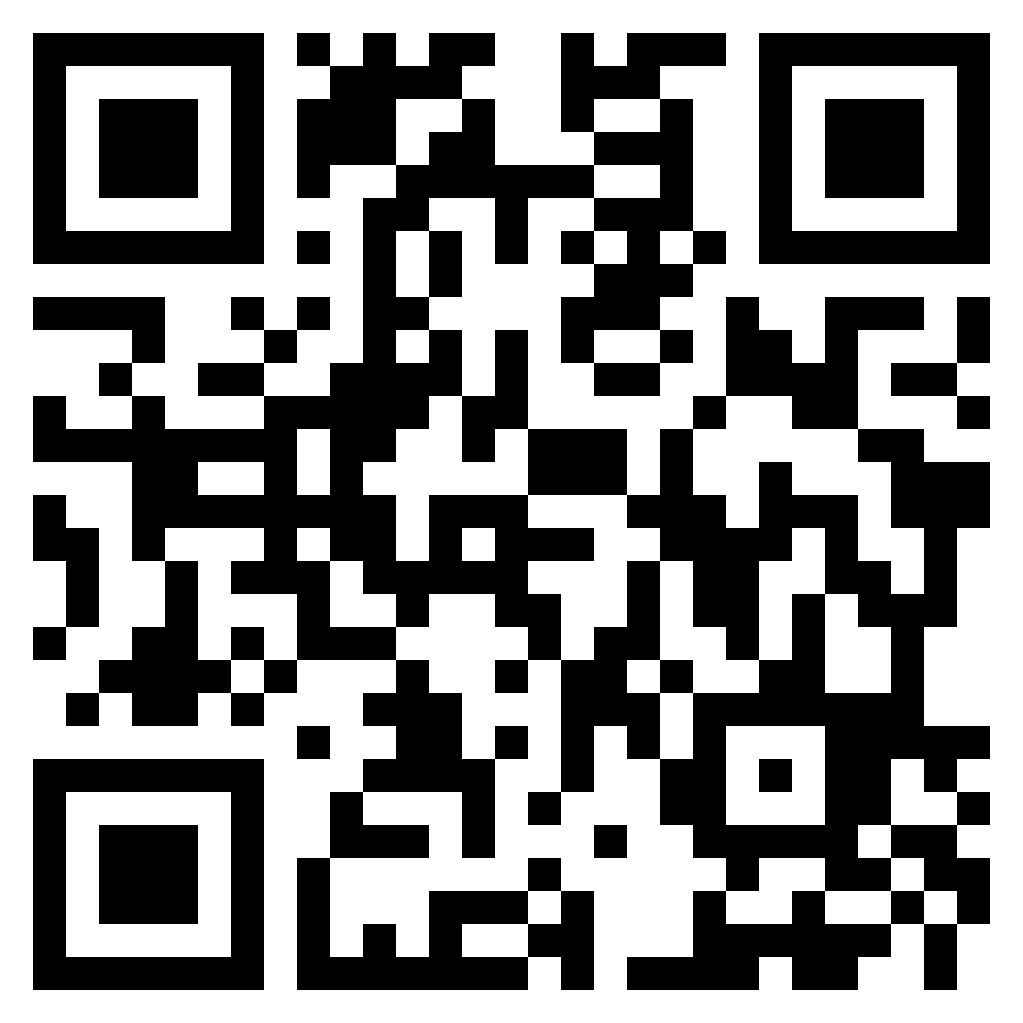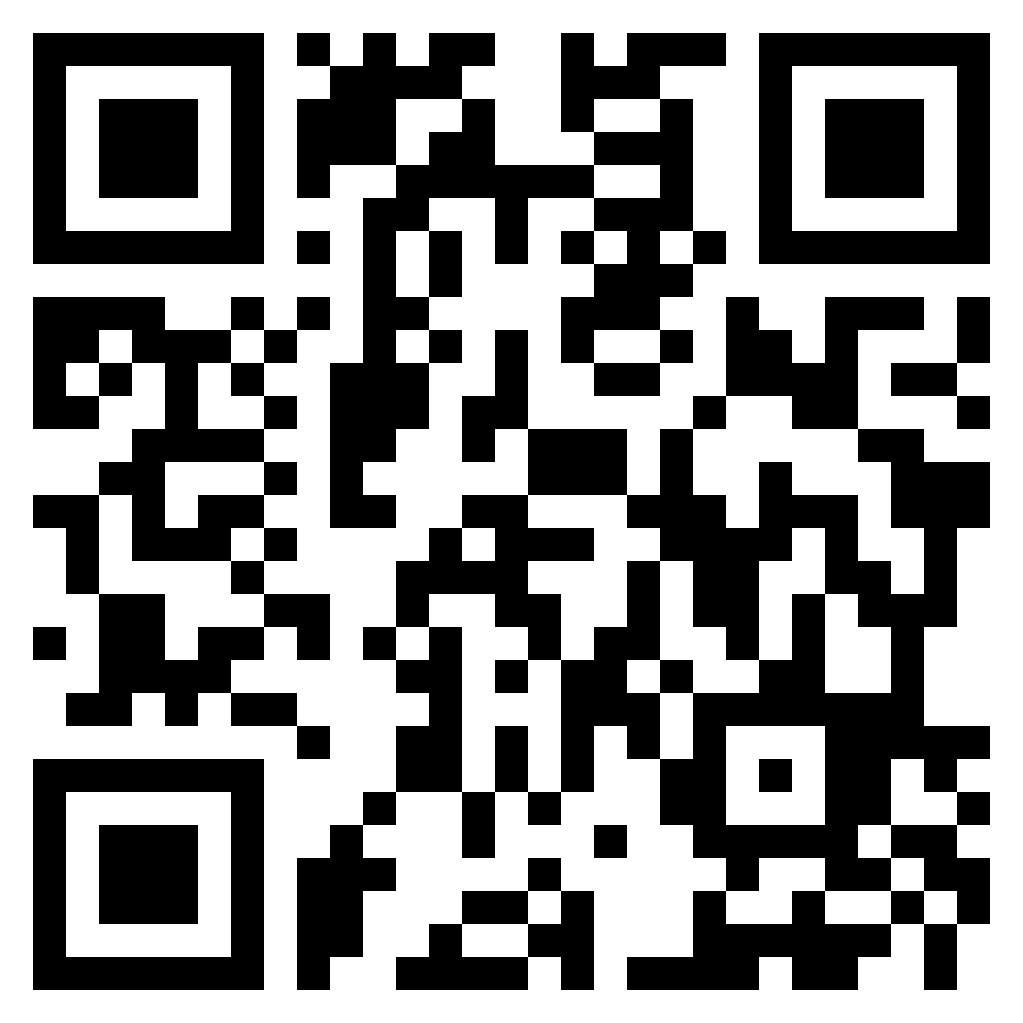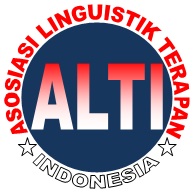The Usage of a Variety of Languages in WhatsApp Group among Youth
DOI:
https://doi.org/10.46961/mediasi.v3i3.468Keywords:
Slang, WhatsApp, Youth Sanggrahan Village, Sukoharjo,Abstract
This research aims at describing the form of slang based on changes in the sound structure of the language and the form of vocabulary as well as the types of meaning and function of vocabulary used in the WhatsApp group of teenagers in Sanggrahan village, Sukoharjo regency. The method used in this research is descriptive qualitative. Data was collected by means of screenshots of conversations in the Sanggrahan Youth Whatsapp group, and recorded the slang vocabulary that the respondents used. Methods of data analysis using distribution techniques. This research found the usage of 56 slang vocabulary words. The findings are (1) there are two changes in the form of slang (phonological and morphological structure); (2) the denotative meaning is more dominant, and (3) the functional variations in the use of slang vocabulary (knowing the speaker's feelings, the attitude of the interlocutor, the context of speech, and just contact with other people).
References
Chaer, A. dan Agustina, L. (2010). Sosiolinguistik Perkenalan Awal. Jakarta: PT Rineka Cipta.
Hilaliyah, H. (2010). Maraknya Penggunaan Bahasa Gaul di Kalangan Pelajar Sekolah Menengah Atas. Jurnal Dieksis, 2 (1), 13—26.
Jakobson, Roman, G. Fant, dan M. Halle. (1951). Preliminaries to Speech Analysis: The Distinctive Features and Their Correlates. Massachusets: The MIT Press.
Kridalaksana, H. (1992). Pembentukan Kata dalam Bahasa Indonesia. Jakarta: Gramedia.
Kridalaksana, H. (2011). Kamus Linguistik. Jakarta: Gramedia Pustaka Utama.
Moleong, L. J. (2010). Metodologi Penelitian Kualitatif. Bandung: Remaja Rosdakarya.
Nadia, N. (2019). Bentuk Bahasa Gaul pada Status Komen di Sosial Media Twitter Periode 2018/2019 [Tidak diterbitkan]. Skripsi Universitas Muhammadiyah Mataram. Tersedia secara daring https://repository.ummat.ac.id/528/1/
Norma. (2020). Penggunaan Bahasa Gaul dalam Komunikasi Lisan di Lingkungan SMA. Jurnal Bahasa dan Sastra, 5 (4), 70–-80.
Simpen, I W. (2021). Morfologi (Kajian Proses Pembentukan Kata). Jakarta: Bumi Aksara.
Sumarsono. (2002). Sosiolinguistik. Yogyakarta: Pustaka Ilmu.
Ulya, L. (2017). Bentuk dan Fungsi Ragam Bahasa Gaul Remaja Kota Metropolitan (Studi Kasus Pemakaian Ragam Bahasa Gaul Siswa SMA Negeri 66 Jakarta) [Tidak diterbitkan]. Tesis Universitas Diponegoro. Tersedia secara daring http://eprints.undip.ac.id/58031/ Diakses pada 10 September 2022.
Yule, G. (2014). The Study of Language (Kajian Bahasa). Terjemahan oleh Astry Fajria. (2015). Yogyakarta: Pustaka Pelajar.
Downloads
Published
How to Cite
Issue
Section
Citation Check
License
You are free to:
- Share — copy and redistribute the material in any medium or format
- Adapt — remix, transform, and build upon the material
- The licensor cannot revoke these freedoms as long as you follow the license terms.
Under the following terms: Attribution; NonCommercial; and no additional restrictions.















